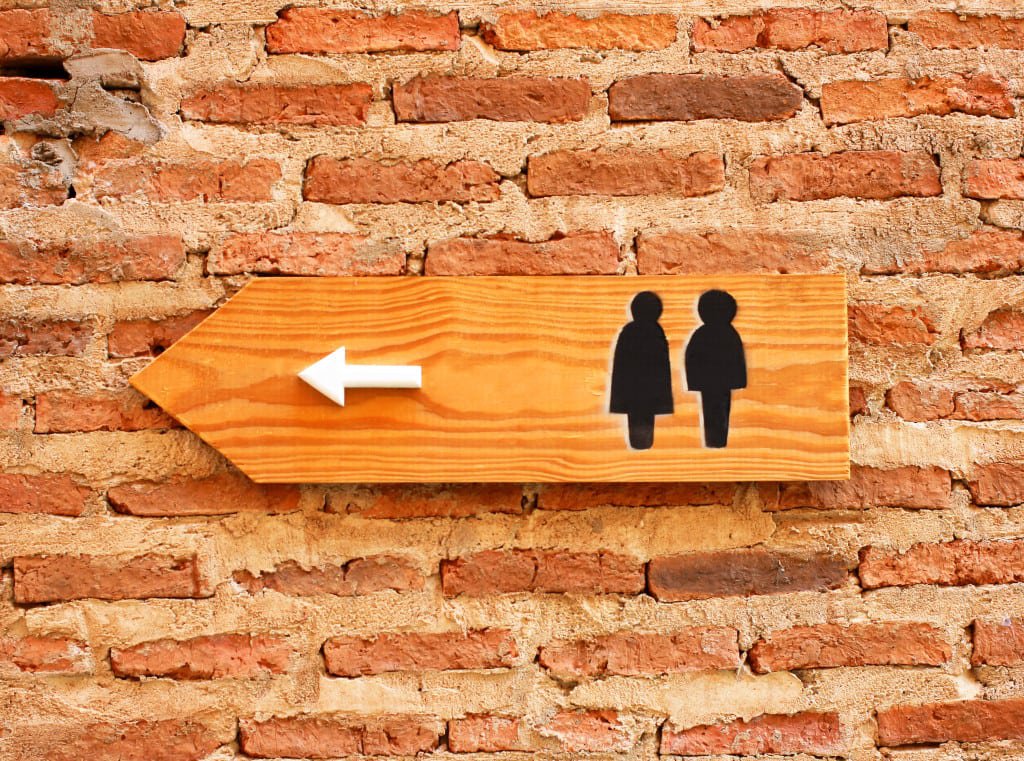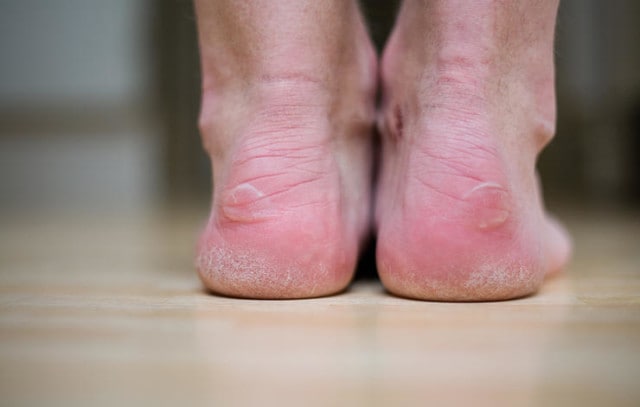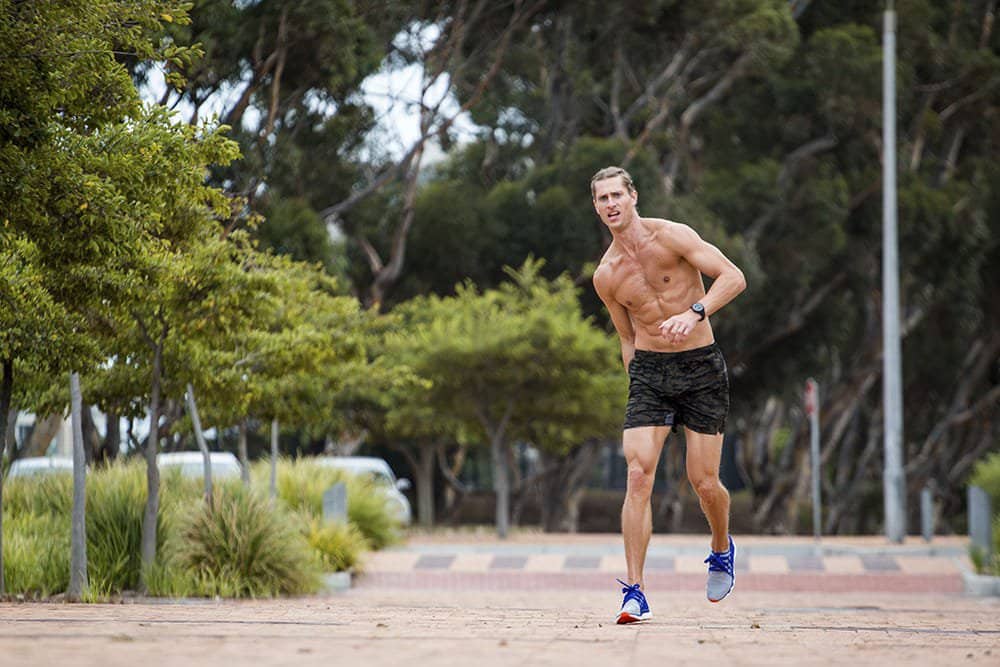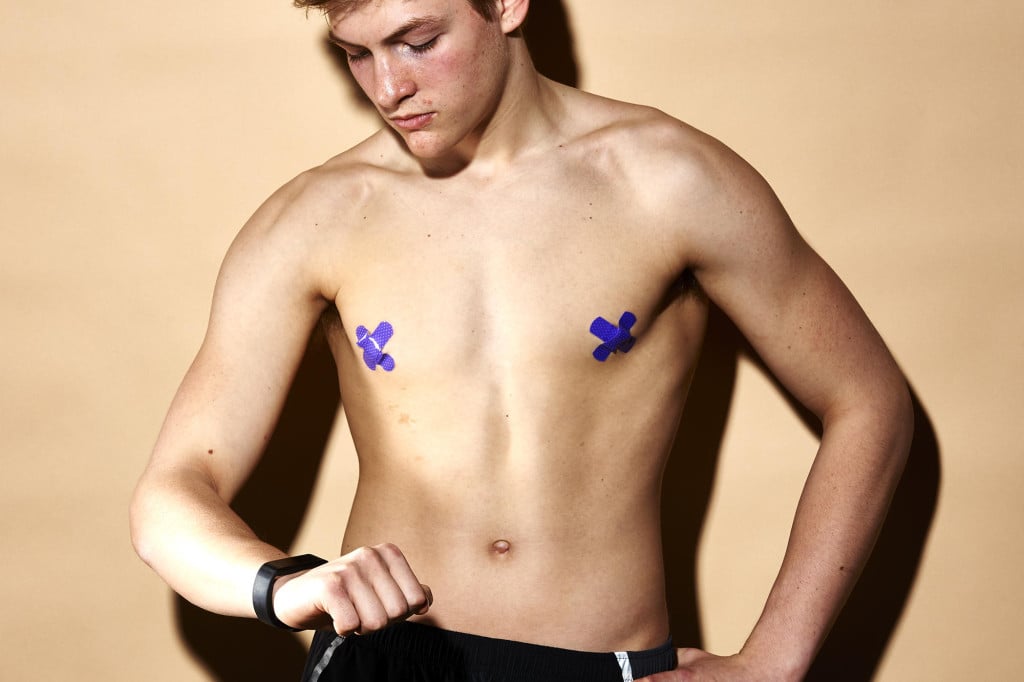5 Easy Solutions To Your Gross Running Problems!
From black toenails to oozing blisters, we have you covered.
Let’s be real: Running has occasional, less-than-pleasant (though mostly normal) side effects. From missing toenails to runner’s trots, if it’s gross, we’ve looked into it. Here’s what you need to know about your gross running problems.
Black Toenails

WHAT’S HAPPENING:
“When running, the toenails hit the top of the shoe, causing microtrauma,” explains Daniel Paull, M.D., an orthopedic surgeon and sports medicine specialist. That dark spot under the nail is blood.
WHAT TO DO:
The toenail will eventually fall off and you’ll grow a new one, says dermatologist Susan Bard, M.D. While you’re waiting, find a better-fitting pair of shoes – your toes shouldn’t touch the end when you’re just standing around – or put on a thinner pair of socks.
RELATED: 5 Causes of Black Toenails – Identify The Harmless From The Harmful
When You Have to Poop

RELATED: How To Deal With The Trots – During A Race!
WHAT’S HAPPENING:
According to Patrick Wilson, Ph.D., an exercise physiologist at Old Dominion University, it’s likely a combo of blood shifting away from the GI tract, increased jostling moving things around down there, and high carbohydrate intake pre-run. This is likely one of the worst/toughest gross running problems you’ll have to deal with.
WHAT TO DO:
If you always poop in the morning, become an evening runner. Or try to poop before you head out the door: Sip a warm drink or do a few lunges to wake up your digestive system.
Blisters Big Enough to Have a Postal Code

RELATED: Bust Those Blisters On Your Feet
WHAT’S HAPPENING:
Friction, when it goes on long enough and with significant force, can actually split your skin cells apart, explains Bard. “All of our cells bathe in extracellular fluid,” she adds, and when you split these cells, “some of that fluid pours out,” which is why blisters fill with liquid.
WHAT TO DO:
The best thing to do is nothing, but it is okay to pop a blister to get relief, says Bard. However, you need to do it right. “Take a sterile needle and poke the blister a few times.” Then, let it drain, but do not pull the skin off the top. “Blisters are inherently sterile, but as soon as you unroof it, you compromise it.” If you’re mid-race and don’t have a sterile needle, you can still pop it, then, at the nearest aid station, grab some antibiotic ointment and a plaster to cover it.
An Itch You Can’t Scratch (In Public)

WHAT’S HAPPENING:
“Jock itch is a superficial fungal infection that develops in the groin and the genitals,” says Joshua Zeichner, M.D., the director of Cosmetic and Clinical Research at New York’s Mount Sinai Hospital. These areas are moist to begin with, and when we spend lots of time in sweaty gym clothes, we create the perfect habitat for dermatophytes – fungi that live on the skin – to reproduce.
WHAT TO DO:
“Over-the-counter creams totally work,” says Bard. To prevent future issues, remove sweaty clothes immediately, and never run in cotton underwear, which just soaks up sweat and holds it against your skin.
Chafing

RELATED: How to Treat & Prevent Chafing
WHAT’S HAPPENING:
When you run, your clothing and body rub against your skin. “It’s friction,” says Bard. Over time, it physically scrapes off your outermost layer of skin. If chafing goes on, you’ll eventually begin to bleed. “Once the skin is no longer intact, other factors come into play,” says Bard. This includes salt from your sweat, which triggers a pain reaction when it hits the nerve endings. And if you get to the point of bleeding, you run the risk of an infection.
WHAT TO DO:
Apply lube early and often, though this is highly personal, says Bard. Some folks will sweat off lube in a few kilometres; others will have one swipe of Vaseline last a whole marathon. Lubricant, with its smooth, slick surface, decreases the friction between two surfaces, thus reducing chafing, she says.
READ MORE ON: gross running problems health training

